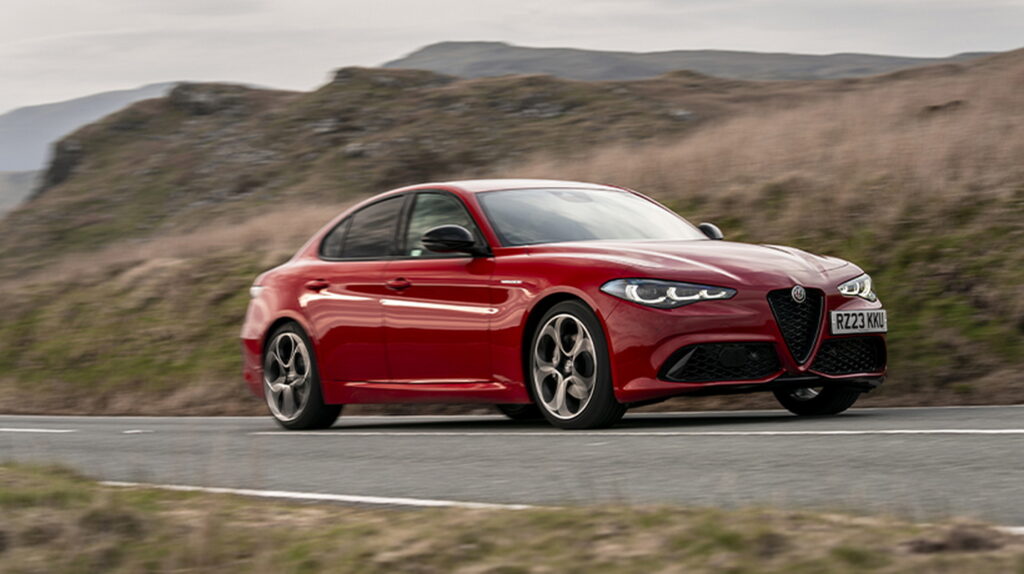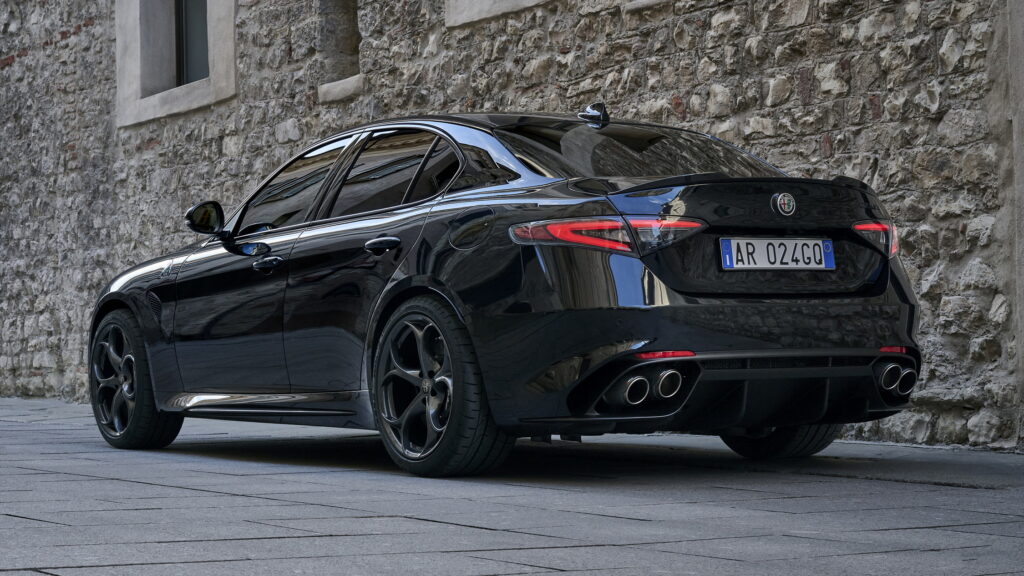- If the market demands a combustion-powered Giulia, Alfa Romeo could provide it.
- The next-generation model will be underpinned by the Stellantis STLA Large architecture.
- A successor to the range-topping Giulia Quadrifoglio has yet to be confirmed.
Alfa Romeo had previously committed to launching the the next-generation Giulia exclusively as an EV, but in a recent twist, Stellantis’ European chief has now acknowledged he’s also open to offering it with internal combustion engines—if that turns out to be the more pragmatic business move.
Lately, several automakers have pulled back from their high-flying ambitions to go all-electric, changing their initial plans to continue offering combustion models. Alfa Romeo had been aiming to electrify its lineup completely by 2027, with the next-generation Giulia positioned as a flagship EV under Jean-Philippe Imparato’s direction. The brand had doubled down on this vision, framing it as the logical next step. But logic, as we’re learning, can be a fickle thing in the volatile world of automotive transitions.
Read: New Alfa Romeo Giulia EV Coming After 2025, Quadrifoglio To Deliver Nearly 1,000 HP
Now, shortly after moving from Alfa Romeo to his new role as the head of Stellantis Europe, Imparato told Auto Express that his successor at Alfa, Santo Ficili, will have the flexibility to adopt a multi-fuel strategy.
“We will assess where we are,” he said. “If the current global ecosystem does not change, [Giulia] will be 100 per cent electric. If I see it is changing, or that I’m not matching what I want, it is not a problem to adjust with alternative powertrains.”
The future Giulia, as well as the Stelvio SUV, will be based on the Stellantis STLA Large architecture, which is compatible with different powertrain configurations. Electric versions are expected to have battery packs ranging from 85 kWh to 118 kWh. The electric Giulia is also tipped to have ultra-fast charging that could allow 20 miles (32 km) of range to be added per minute.

No matter which type of powertrain resides under the hood, Imparato said the future Giulia will retain the current model’s focus on driver engagement.
“You will see, on STLA Large, the level of performance we can reach,” he said. “I would love to have this ‘light is right’ tagline for Alfa Romeo. Even if I have one tonne of battery behind me, I want to convey an idea of lightness, even if I am electrified. It’s a fundamental of Alfa Romeo and we are building this new range based on that. But it’s not enough – we are working on the vibe you will feel when you drive an Alfa Romeo in 2025.”
As for the halo model, the future of the Giulia Quadrifoglio remains murky. Some reports last year suggested an electric version could crank out as much as 1,000 hp, but Imparato recently tempered expectations, noting that if Alfa can’t hit the right benchmarks for the segment, this powerhouse variant might never materialize. It’s a sobering thought, but then again, nothing about Alfa’s trajectory has ever been predictable.




